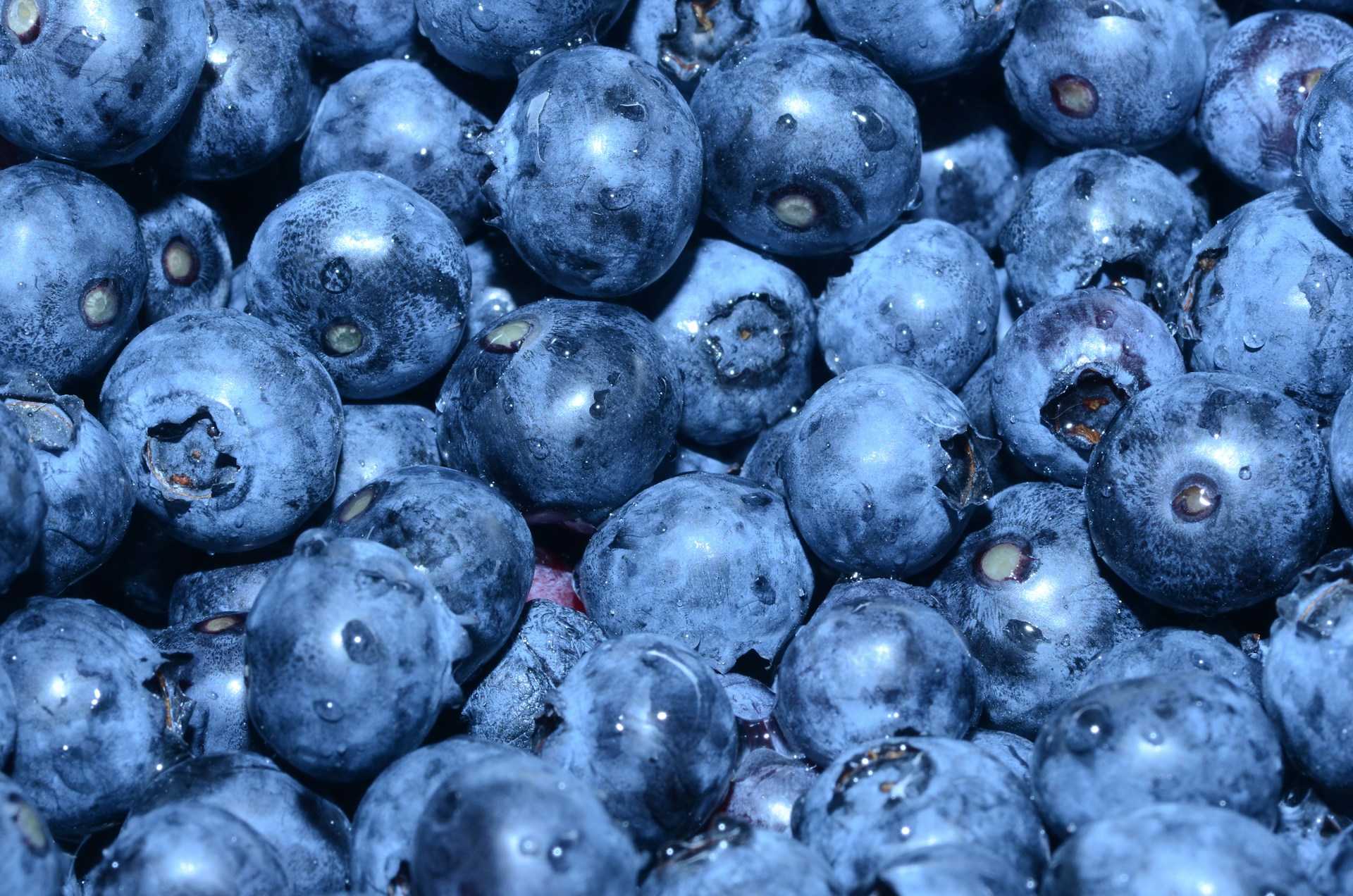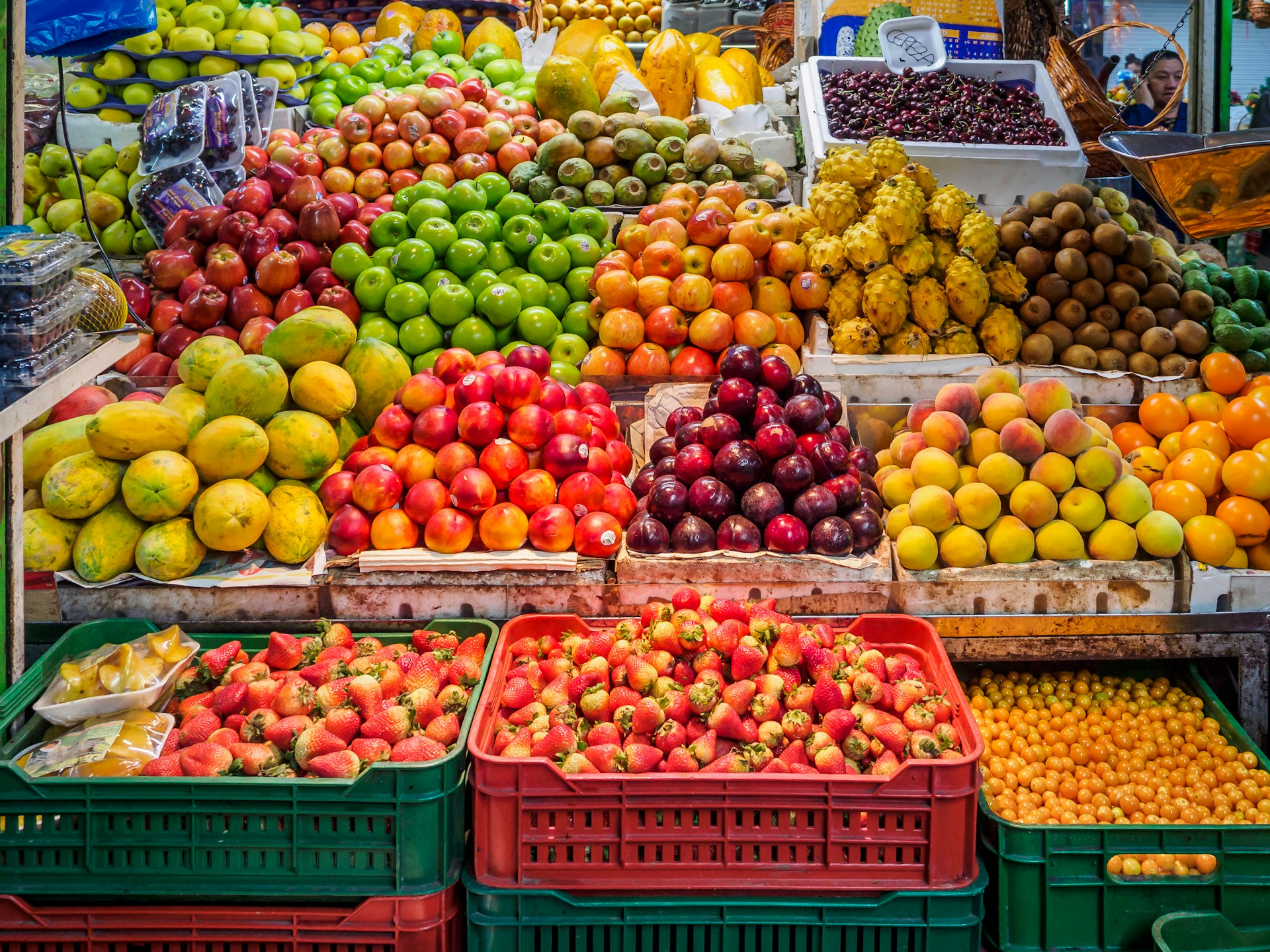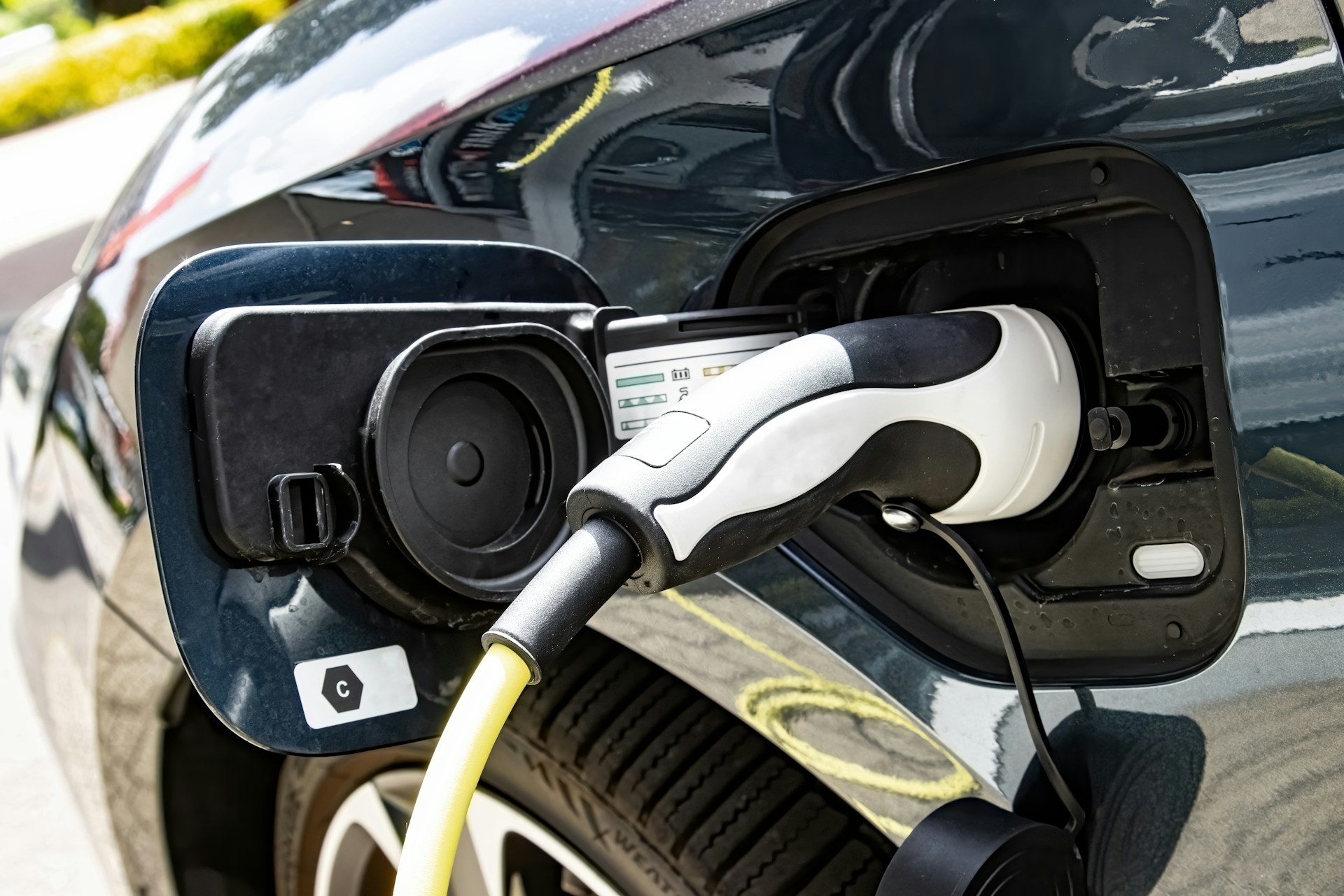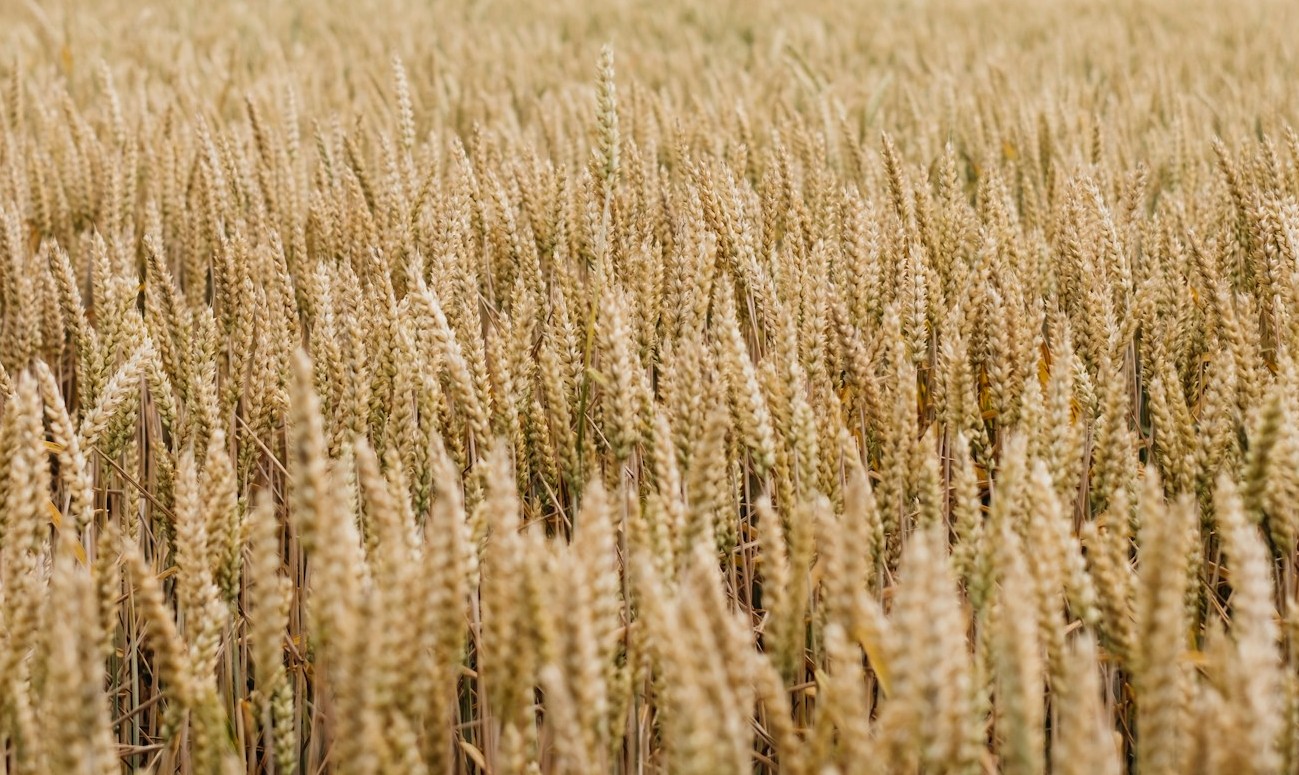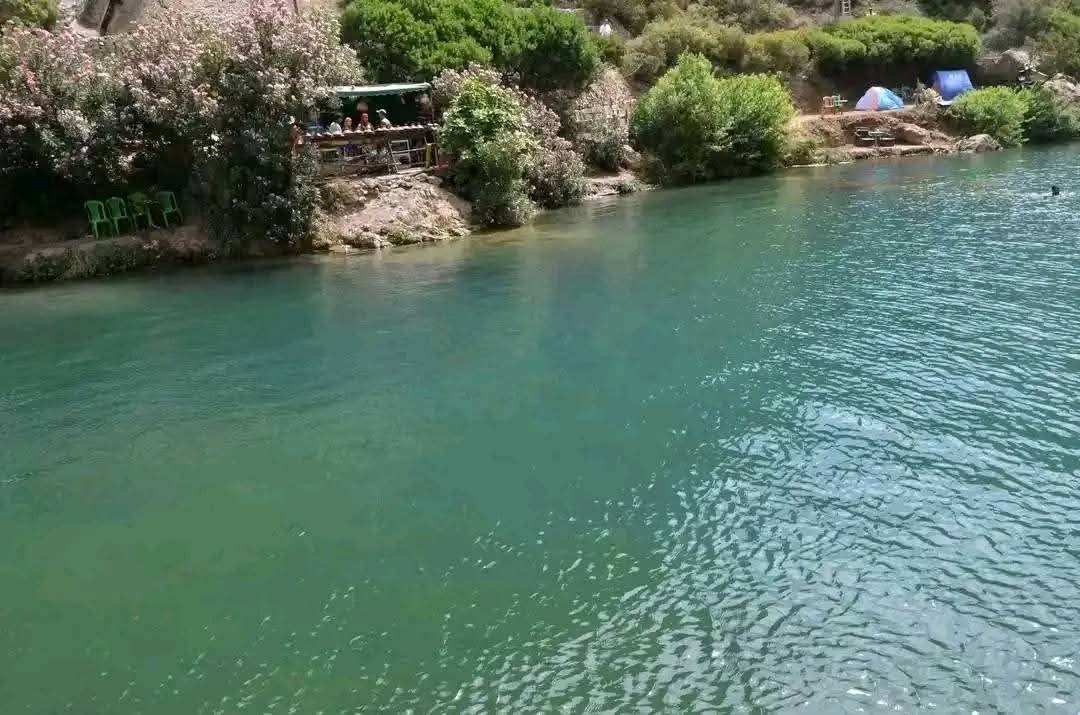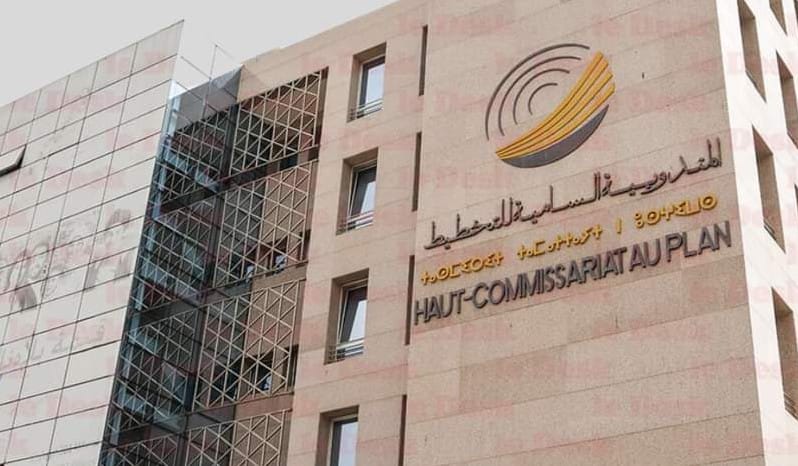Casablanca – Morocco has unveiled a detailed and stricter regulatory schedule for its 2026 legal cannabis season, marking another significant step in the country’s efforts to structure a sector that continues to grow rapidly. The National Agency for the Regulation of Activities Related to Cannabis (ANRAC) released a comprehensive roadmap defining planting periods, licensing deadlines, and new coordination measures aimed at stabilizing the market and reinforcing transparency.
These regulatory efforts come at a time when legal production is rising sharply. In 2024, Morocco produced more than 4,082 tons of legal cannabis across three authorized provinces—Taounate, Al Hoceima, and Chefchaouen. The number of licenses also increased dramatically from just 430 in 2023 to 3,371 in 2024. Despite this progress, officials acknowledge that illegal cultivation still dominates the cannabis landscape, particularly in mountainous areas where traditional, unregulated farming persists due to economic dependence and slower integration into the legal framework.
Intensive consultations and a more structured framework for 2026
Throughout November, ANRAC held extensive consultations with farmers, cooperatives, and investors to prepare for the 2026 season. According to agency sources, the meetings were meant to clarify the entire chain of procedures—from seed licensing and cultivation timelines to contracting and post-harvest operations.
Officials emphasized that detailed coordination is essential to avoid disruptions in production volumes, which could destabilize the emerging legal market. By providing earlier and clearer deadlines, the agency aims to give farmers the time they need to adjust their operations and allow investors to plan processing, storage, and marketing within a legally coherent system.
Clear distinction between local and imported varieties
The 2026 roadmap introduces differentiated planting timelines for Beldiya, Morocco’s traditional cannabis variety, and imported strains widely used for higher-yield industrial production.
For the local “Beldiya” variety:
- Planting begins: 1 January 2026
- Planting ends: 28 February 2026
- Possible extension: Into March in case of exceptional weather
- Final deadline for planting: 31 March 2026
- Deadline for seed-use license applications: 20 December 2025
- Deadline for signing contracts with cooperatives: 20 December 2025
For imported varieties:
- Planting period: 1 April – 30 June 2026
- Deadline for seed import licenses: 20 February 2026
- Deadline for new cooperative contracts: 20 February 2026
These schedules, ANRAC explains, are based on technical and climatic considerations as well as the need to coordinate production volumes with processing and marketing capacity. The objective is to prevent unregulated surpluses, which have historically fueled informal markets.
Rising production and expanding participation in 2024
The 2024 season marked a turning point for Morocco’s regulated cannabis program. With total legal production reaching 4,082.4 tons, the sector demonstrated its strongest output since the regulatory framework was launched.
Production distribution included:
- 2,786.7 tons of Beldiya
- 1,295.7 tons of imported varieties
Average yields were recorded at 17 quintals per hectare for the local variety and 28 quintals per hectare for imported strains. Additionally, authorities approved 7.6 million imported seeds and 1,717 quintals of Beldiya seeds, certified by the National Office for Food Safety (ONSSA).
Cultivated areas also expanded significantly, reaching 2,169 hectares, farmed by 2,647 farmers grouped into 189 cooperatives. Of these areas:
- 1,701 hectares were dedicated to Beldiya
- 468 hectares to imported varieties
On the regulatory front, ANRAC processed 4,158 applications in 2024 and issued 3,371 licenses, including:
- 3,056 licenses for farmers
- 315 licenses for industrial and commercial activities comprising processing, marketing, import, export, and transport
Licensed operators included 35 cooperatives, 87 companies, and 36 individual entrepreneurs.
Balancing legal expansion with the reality of illegal cultivation
Despite the progress, experts and officials note that illegal cultivation remains larger than the legal sector. Traditional growers, especially in remote mountainous areas, continue to rely on unregulated farming due to limited access to cooperatives, complex licensing procedures, or economic constraints. This ongoing dominance of illegal cultivation presents challenges for regulators seeking to maintain market stability and ensure that production volumes remain aligned with industrial demand.
Authorities hope that clearer rules, expanded cooperative networks, and stronger support for small farmers will gradually encourage more producers to transition into the legal system.
Toward a more organized and transparent sector in 2026
ANRAC states that the strict 2026 calendar is designed to reinforce transparency, enhance market predictability, and ensure that legal production matches both national processing capacity and international commercial standards. The agency also aims to strengthen the economic value of authorized regions—areas long dependent on unregulated cultivation—by integrating them into a modern legal economy with clearer oversight, environmental safeguards, and social benefits.
Given the growing number of licensed operators, rising production, and expanding cultivated areas, authorities expect the 2026 cannabis season to be more structured than previous years. Improved coordination and monitoring mechanisms are anticipated to support better-quality production and more coherent supply-chain logistics.
As Morocco continues building the foundations of a regulated cannabis industry, the government faces a dual challenge: consolidating the rapid growth of the legal sector while progressively reducing the dominance of illegal cultivation. The 2026 roadmap represents a key milestone in that ongoing effort.






